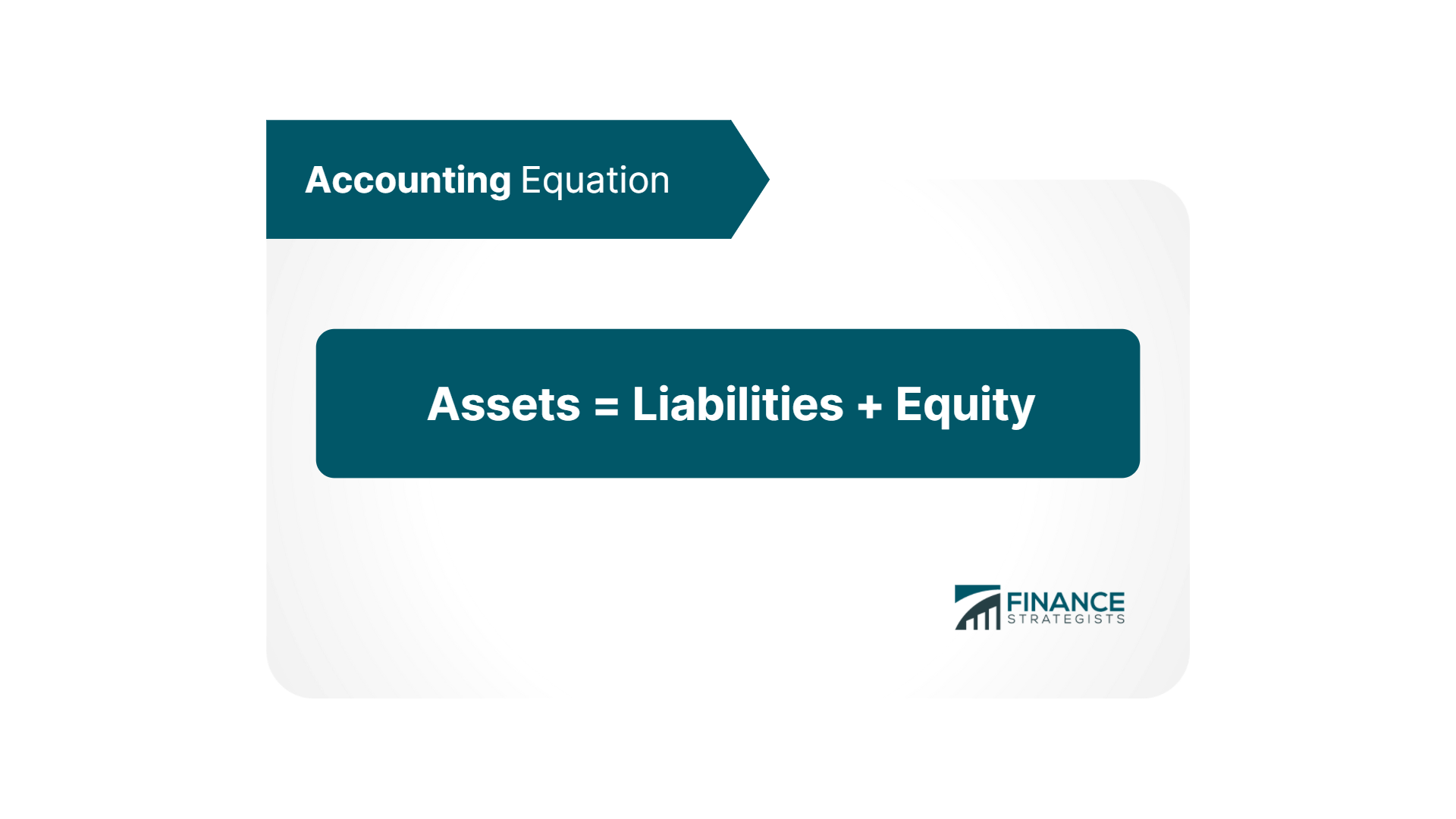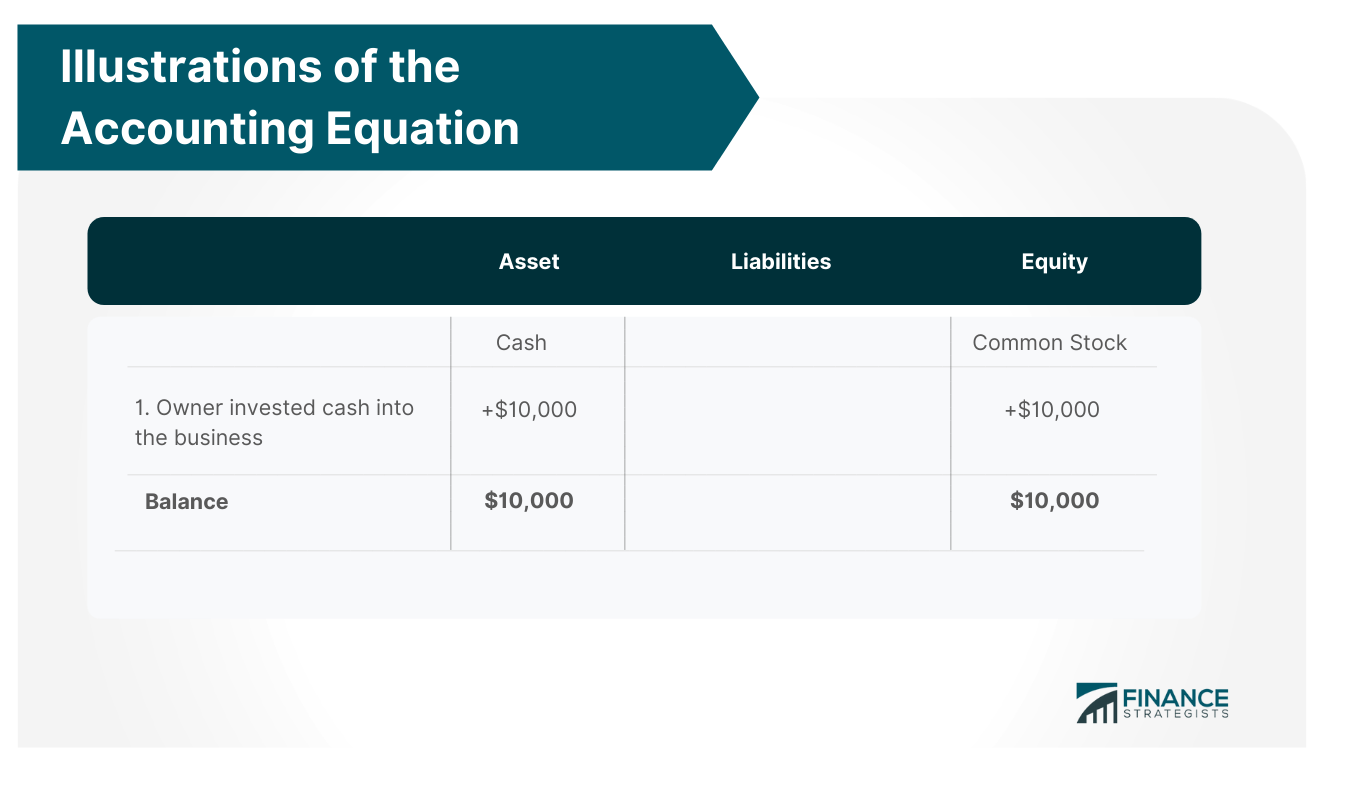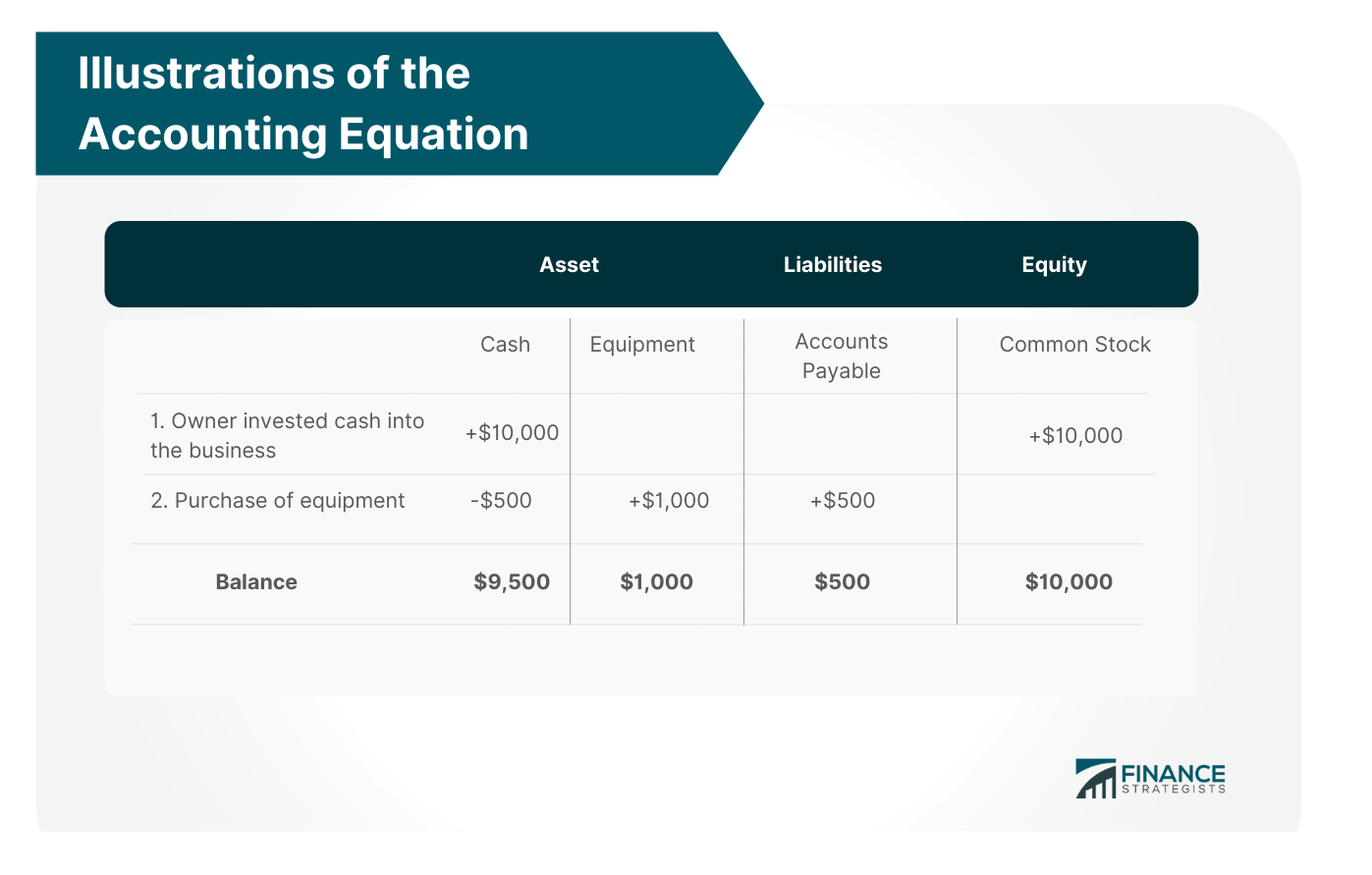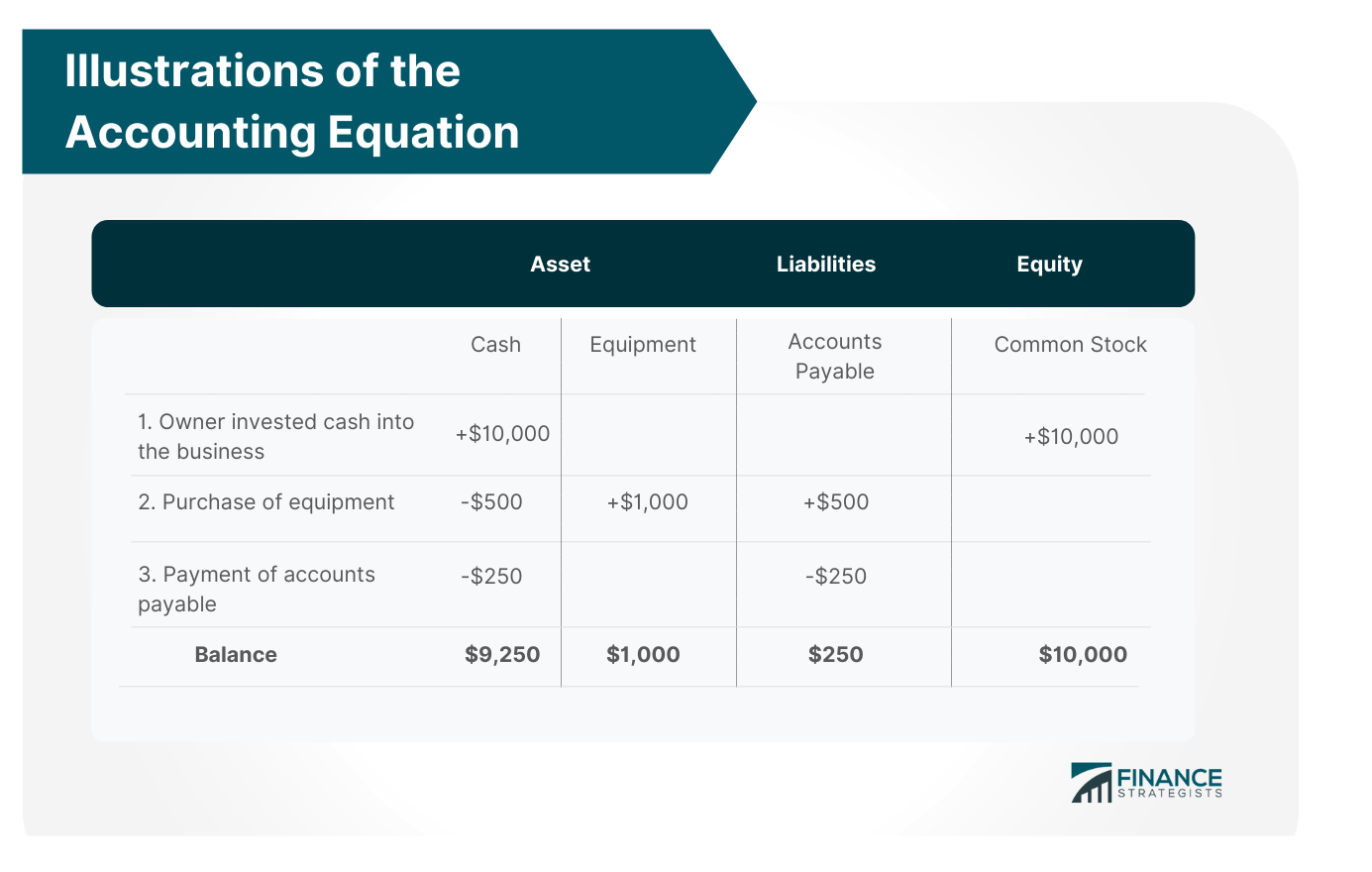As its name implies, the Accounting Equation is the equation that explains the relationship of accounting transactions. The Accounting Equation states that assets equals the total of liabilities and equity. It is also otherwise known as the Balance Sheet Equation. It is the key to ensuring that each transaction which reflects a debit will always have its corresponding entry on the credit side. Thus, it keeps the balance sheet always balanced. This formula represents the accounting identity, which must always be true for all entities regardless of their business activity. It is important to remember that the total of all assets has to equal the total of liabilities and equity. This is what ensures that every transaction makes sense and there will always be an entry on both sides of each transaction. Assets pertain to the things that the business owns that have monetary value. They include items such as land, buildings, equipment, and accounts receivable. Liabilities refer to debts or obligations owed by the business. They are a particular amount owed to creditors of the business. Examples of liabilities include accounts payable, bank loans, and taxes. The third component of the accounting equation is equity. This refers to the owner's interest in the business or their claims on assets after all liabilities are subtracted. Equity includes any money that has been invested into the company by shareholders as well as retained earnings which have not yet been paid to shareholders as dividends. To illustrate how the accounting equation works, let us analyze the transactions of a fictitious corporation, First Shop, Inc. Organized on January 1, 2021, First Shop, Inc. issued shares (5,000 shares at $2 each) of common stock for $10,000 cash to Nicole Gonzales. The $10,000 cash was deposited in the new business account. Analysis: First Shop, Inc. purchased five units of a copy machine at $200 per unit. The company paid half of it in cash and the other half on credit. Analysis: In April, First Shop, Inc. paid a portion of its accounts payable by $250. Analysis: The accounting equation is not always accurate if it is unbalanced. This can lead to inaccurate reporting of financial statements and incorrect decisions made by management regarding money and investment opportunities. It can also cause problems with taxes and audits, as well as customers who may suspect fraud or mishandling of funds as a result of an unbalanced equation. In worst-case scenarios, the company could go bankrupt as a result of mishandling finances using inaccurate numbers due to an unbalanced equation. However, this scenario is extremely rare because every transaction always has a corresponding entry on each side of the equation. The accounting equation matters because keeping track of each transaction's corresponding entry on each side is essential for keeping records accurate. It also ensures that all transactions are accounted for appropriately, which keeps them from either overpaying or underpaying their taxes as well as keeping them from making poor decisions when buying and selling property or equipment. The accounting equation is something that must be understood thoroughly by those who deal with money and those who want to ensure they are making the best decisions financially. It will always be true as long as all transactions are appropriately accounted for and can never fail or be out of balance for any given entity. 
Understanding the Components of the Accounting Equation
Assets
Liabilities
Equity
Illustrations of the Accounting Equation
1. Owners Invested Cash Into the Business

2. Purchase of Equipment in Cash


What Happens if the Accounting Equation Is Not Balanced?
Why Does the Accounting Equation Matter?
Final Thoughts
Components of the Accounting Equation FAQs
The Accounting Equation states that assets equals the total of liabilities and equity. In equation, it looks like this: Assets = Liabilities + Equity
Assets pertain to the things that the business owns that have monetary value. Examples of assets include, but are not limited to, cash, equipment, and accounts receivable.
Liabilities refer to debts or obligations owed by the business. They are a particular amount owed to creditors of the business. Examples of liabilities include accounts payable, bank loans, and taxes.
Equity refers to the owner's interest in the business or their claims on assets after all liabilities are subtracted. Examples of it include capital and retained earnings.
The accounting equation is important because it allows the business or entity to correctly record transactions and, therefore, maintain their financial statements.
True Tamplin is a published author, public speaker, CEO of UpDigital, and founder of Finance Strategists.
True is a Certified Educator in Personal Finance (CEPF®), author of The Handy Financial Ratios Guide, a member of the Society for Advancing Business Editing and Writing, contributes to his financial education site, Finance Strategists, and has spoken to various financial communities such as the CFA Institute, as well as university students like his Alma mater, Biola University, where he received a bachelor of science in business and data analytics.
To learn more about True, visit his personal website or view his author profiles on Amazon, Nasdaq and Forbes.















